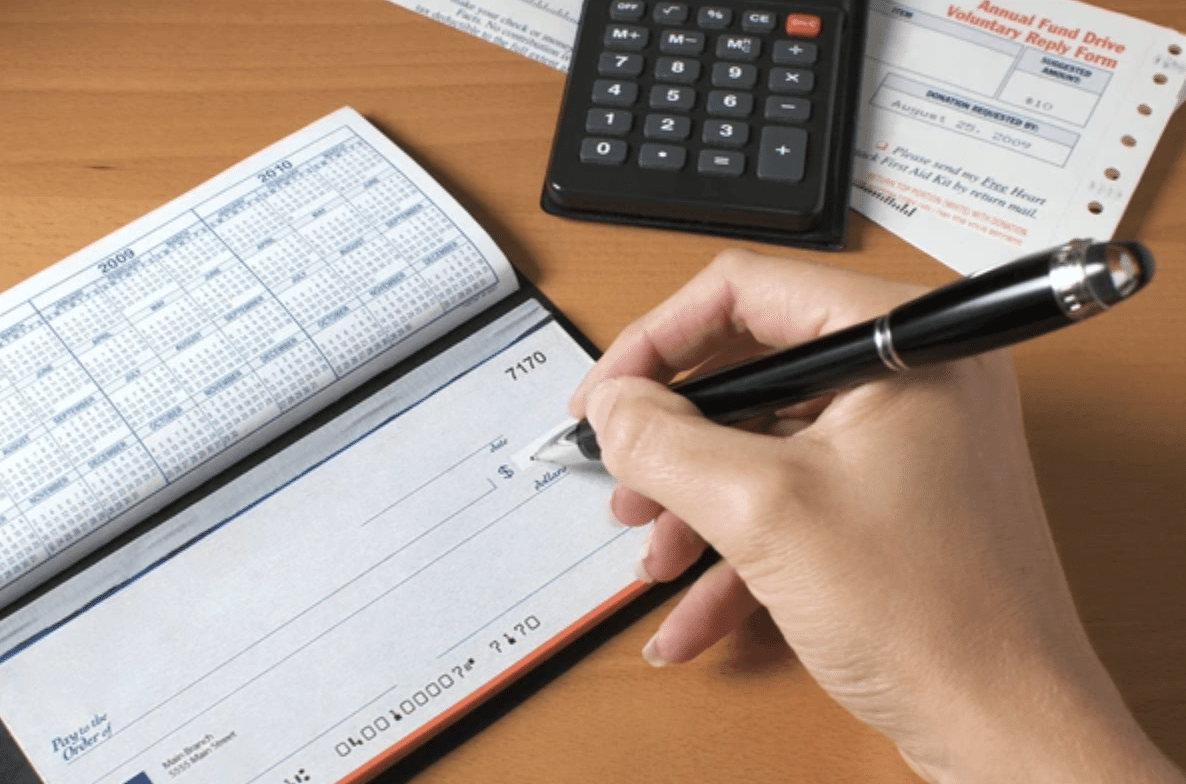When tax season approaches, being strategically organized and having your income taxes in order keeps you way ahead of the game when it comes to filing your return. A perfect way to stay on top of the game is to have clear comprehension of the terminology used on your return. This especially helps to avoid missing out on any benefits you are entitled to or having to deal with any tax debt issues. A fundamental section of your tax return to complete accurately is Line 10100 (formerly specified as 101), which deals with your employment income.
Let’s take a look at the details to help you navigate your way around the form.
Employment Income
Employment income qualifies as any earnings an individual has accumulated from:
- Salaries
- Wages
- Honorariums
- Bonuses
- Tips (only those that would appear on a T4)
- Commissions
What do we mean by Tax Lines?
Tax lines refer to a filing system which the government and the Canada Revenue Agency (CRA) use on tax reporting forms. Every line on your form represents a different aspect of your tax return, and all lines are now 5 numbers long.
What does 10100 represent on your Tax Return?
Formerly regarded as Line 101 (until 2019) this line is one of the few lines that almost every Canadian taxpayer must pay attention to and fill out correctly on their return, as it is how Canada Revenue Agency can understand and determine how much employment income each person is declaring.
Why is it important to file taxes even if you have no income?
If you work for at least one conventional business, Line 10100 will be displayed as “Box 14” on a T4 tax slip which you receive from your employer(s). The total number of T4 slips you receive for a tax year makes up Line 10100 on your federal tax return, meaning income accrued through multiple employers must be declared individually.
Where Can You Find Line 10100 On Your Tax Return?
When you view a completed federal tax return dated 2019 or later, Line 10100 is the first line located under “Step 2 – Total Income”, which should be on Page 3 of your T1 – Income Tax and Benefit Return (also known as a T1 General Form).
Forms can be found online through tax filing software or by simply downloading it through the CRA MyAccount app. However, depending on the tax software you are using, the line could appear under another section.
Important Tax Return Line changes taxpayers should bear in mind
In recent years, the CRA has gradually altered many tax lines in Canada from 3 or 4 numbers to a 5-digit code in order to create a more efficient way of tax reporting. Below we have detailed some of the most significant tax lines you should note changes of:
| Before 2019 | After 2019 | |
|---|---|---|
| 101 | 10100 | Employment income from T4 tax slips |
| 104 | 10400 | Other employment income (royalties, foreign income, etc.) |
| 113 | 11300 | Old Age Security (OAS) pension |
| 114 | 11400 | Canada Pension Plan (CPP) OR Quebec Pension Plan (QPP) benefits |
| 119 | 11900 | Employment Insurance (EI) and other |
| 126 | 12600 | Net rental income, minus deductions (losses) |
| 127 | 12700 | Taxable capital gains (or net capital losses) |
| 129 | 12900 | Registered Retirement Savings Plan (RRSP) income |
| 144 | 14400 | Workers’ compensation benefits |
| 145 | 14500 | Social assistance payments |
| 236 | 23600 | Net income |
| 260 | 26000 | Taxable income |
| 300 | 30000 | Basic personal amount |
| 308 | 30800 | CPP contributions |
| 350 | 35000 | Total federal non-refundable tax credits |
| 406 | 40600 | Federal tax |
| 437 | 43700 | Total income tax deducted |
| 484 | 48400 | Tax Refund |
Tax Line 10100 vs. Tax Line 10400 vs. Tax Line 15000
When managing your federal and provincial/territorial taxes at the same time a lot of uncertainties may arise. To simplify things we have noted 3 particular tax lines that can be easily confused:
Income Sources Reported On Line 10400
There are certain main income types that should not be declared on Line 10100 of your federal or provincial/territorial taxes. These incomes must be put on Line 10400 (Other Employment Income), which is exclusively on your federal tax return:
Clergy Housing Allowance
Any regular payments which clergy members receive from the government to fund housing or utilities.
Sales Tax Rebates
Certain provinces and territories require you to report sales tax credits, like GST and HST as taxable income.
Veteran Benefits
Health, disability, financial and death benefits for Canadian forces members past or present. Veterans families are shown on Box 127 of a T4A slip.
Net Research Grants
An organized payment plan for professionals to cover costs related to government-approved research projects such as travel, assistance, and any equipment.
Wage-Loss Replacement Plans (WLRP)
An employer-employee arrangement that provides temporary payments to employees who lose income for different reasons.
Royalties
Business or trade income made when companies are using a licensed property or asset that you own for profit (for example artists or musicians).
Non-Canadian Employment Income
Income earned annually from foreign employers (all currencies must be reported in Canadian Dollars/CAD).
Workplace Payment Plans & Insurance Programs to report On Line 10400
We have also included some workplace payment plans and insurance programs that must be reported on Line 10400 of your federal tax return, these include but are not limited to:
Medical Premium Benefits
Paying a premium to be included in an employee health plan, means participants can claim payments as medical expenses on their taxes.
Employee Profit-Sharing Plan (EPSP)
Taxpayers must report profits, losses and contributions made through any company investment plans, known as trust accounts.
Premiums of Group Term Life Insurance Plan
This initiative pays out in the case of the death or disability of current/former workers but is taxable only to the employer.
Supplementary Unemployment Benefit Plan (SUBP)
A worker’s Employment Insurance (EI) payments are raised in the event of a temporary or indefinite layoff.
Wage Earner Protection Program (WEPP)
If a company goes into liquidation or becomes the subject of a receivership, this policy provides workers payment of eligible wages.
Be well-prepared for Tax Season
To get a jumpstart on filing your taxes, try to begin your tax year by arranging your data into the correct categories early, this should help to ease the stress when preparing to report. Line 10100 is a compulsory part of your federal and provincial/territorial tax returns and understanding its function will make everything run much smoother.













